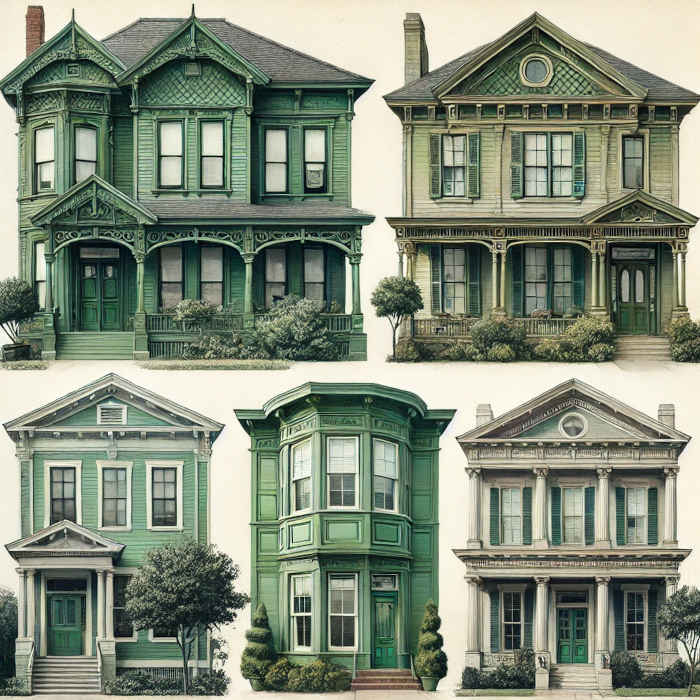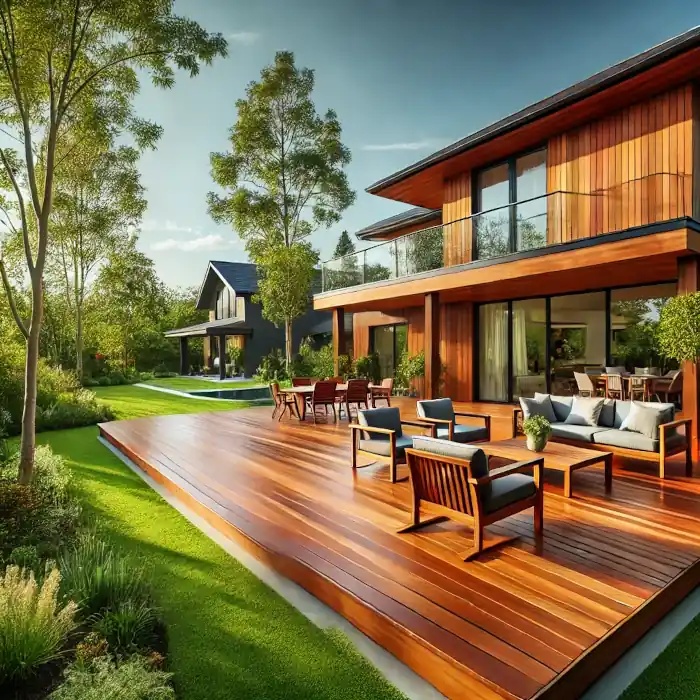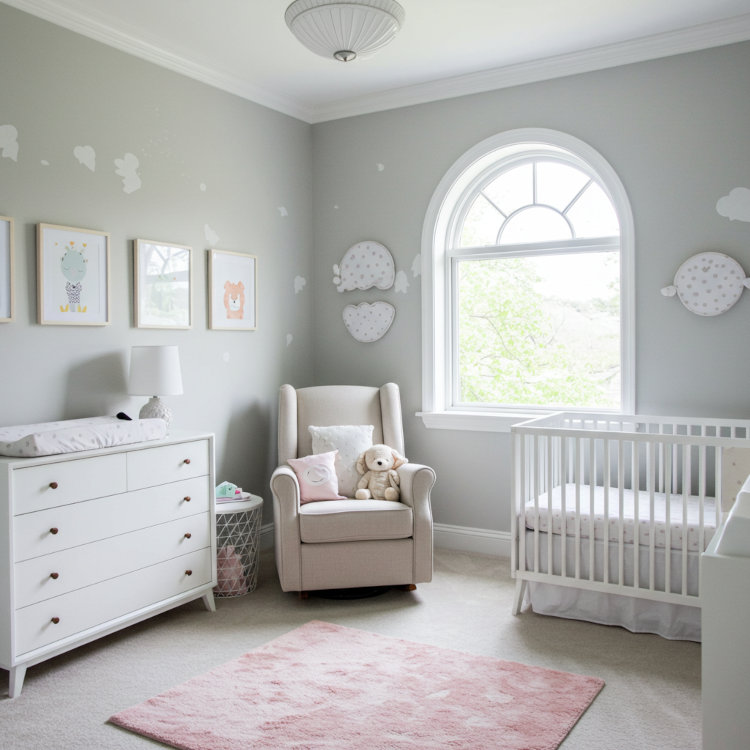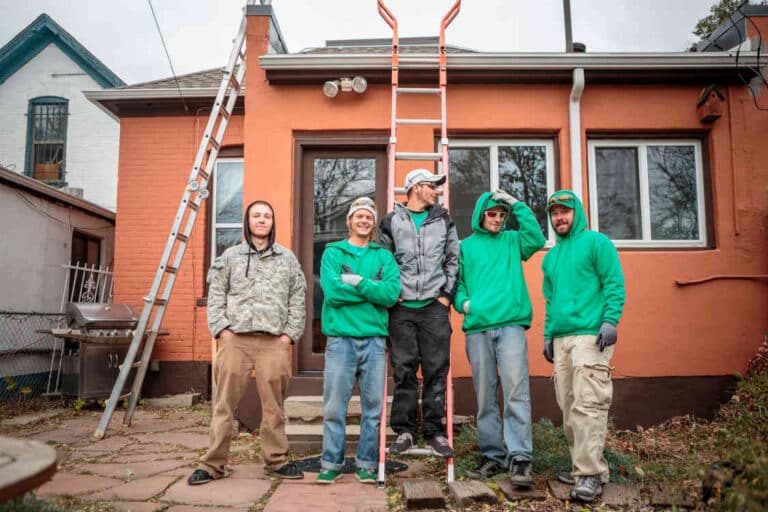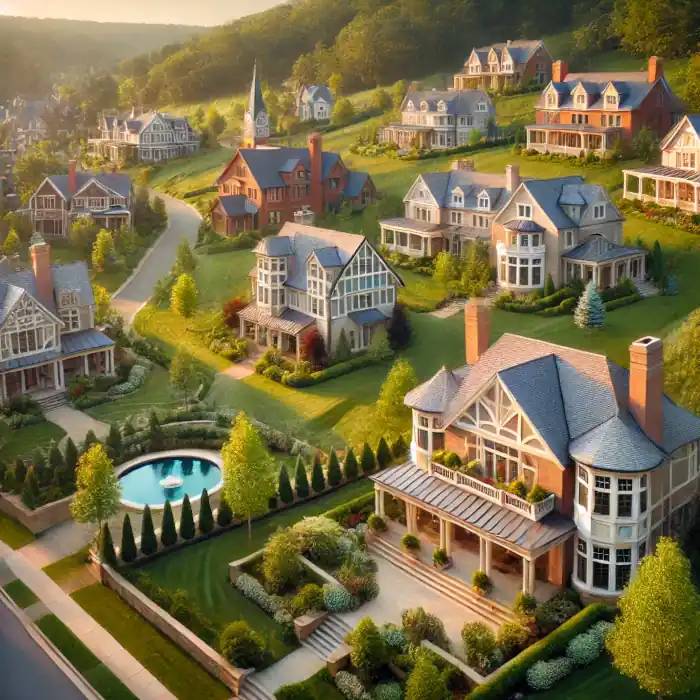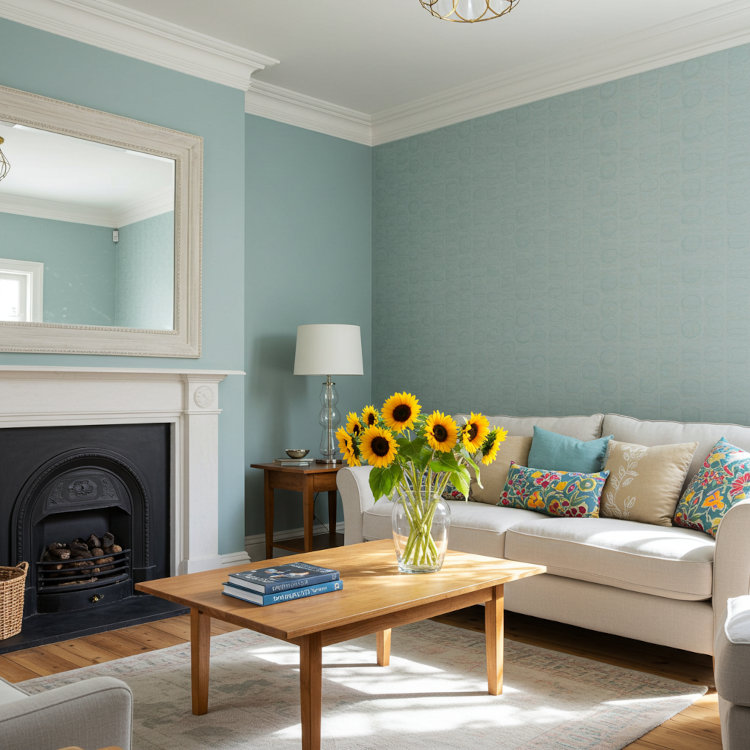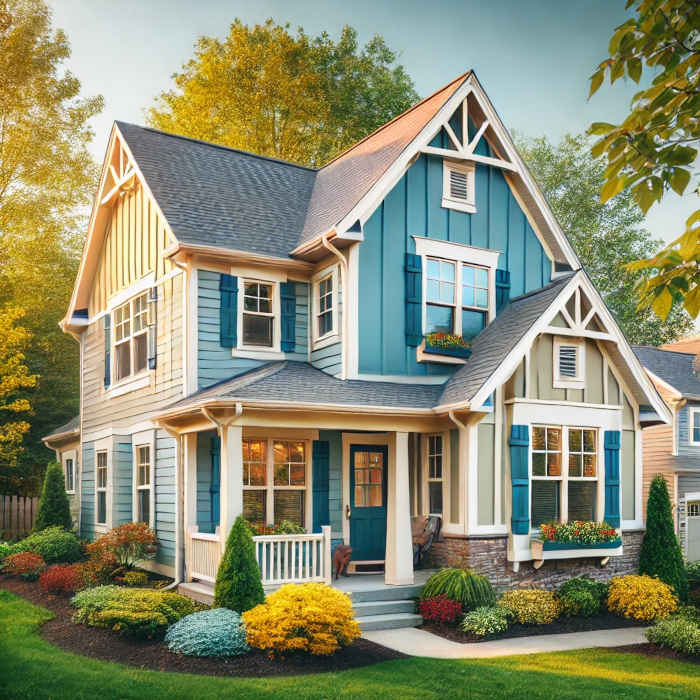As an Amazon Associate, I earn from qualifying purchases. Privacy Policy / Terms
Green: It’s the color of nature, renewal, and even luck. With St. Patrick’s Day right around the corner, there’s no better time to talk about one of the most iconic colors in history. It’s a shade that has been gracing the walls and exteriors of homes for centuries, evolving in meaning, technology, and popularity with every passing era. Whether it was the rich and regal greens of the Victorian age or the soft pastels of the 1950s, green has been a defining feature in historical architecture. But what’s the story behind this color? How did green paint evolve, and what did it mean for the people who used it in their homes? Let’s take a journey through time and explore the fascinating history of green in home decor.
Early Green Paint: A Beautiful but Deadly Beginning
Before we romanticize green paint too much, we have to address its dark and dangerous past. In the 18th and early 19th centuries, the most vibrant greens were made using arsenic. Yes, you read that right—arsenic. Scheele’s Green, invented in 1775 by Swedish chemist Carl Wilhelm Scheele, became wildly popular for its rich hue. Unfortunately, it was also highly toxic. Homes that used this paint—especially in wallpaper and decorative trims—often became hazardous environments, leading to widespread illnesses.
Despite its dangers, the appeal of green paint remained strong. Its association with nature made it a symbol of tranquility and status. People wanted to bring the beauty of lush landscapes into their homes, even if it came at a cost. Fortunately, by the late 19th century, safer alternatives were developed, allowing green to thrive without the lethal side effects.
The Victorian Era: A Love Affair with Green
Fast forward to the mid-19th century, and green was having a major moment in home decor. The Victorians were not ones to shy away from bold colors, and advances in paint production introduced deep, rich shades that were used extensively in both interiors and exteriors. Dark greens—such as Brunswick Green, Hunter Green, and Olive—became status symbols, representing wealth and sophistication.
Victorian homes often featured elaborate woodwork and intricate detailing, and green was the perfect complement to these design choices. Inside, parlors and dining rooms were frequently painted in dark, moody greens to create a cozy yet opulent atmosphere. Outside, green-trimmed windows, doors, and shutters added character and elegance to homes.
Charleston Green: The Color of Resilience
One of the most famous historic greens to emerge from the 19th century was Charleston Green. Legend has it that after the Civil War, Union troops provided black paint for reconstruction in Charleston, South Carolina. The residents, not wanting to accept this grim shade, mixed it with yellow and blue to create a deep, almost-black green that would later become known as Charleston Green.
This unique color can still be seen today on historic homes throughout Charleston. It’s a testament to the city’s resilience, creativity, and ability to turn something ordinary into something extraordinary. Charleston Green isn’t just paint—it’s history in a can.
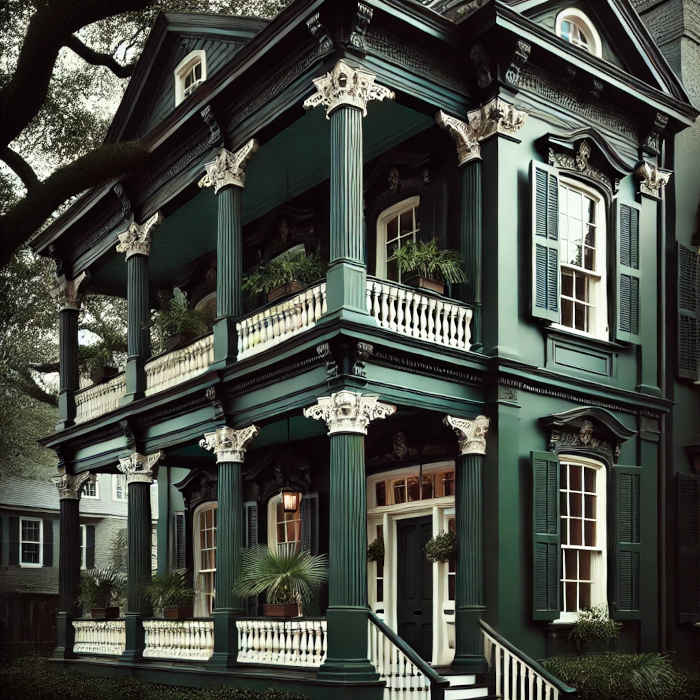
The 1950s: The Pastel Green Revolution
The post-war era brought a dramatic shift in how green was used in homes. Gone were the deep, moody greens of the Victorian age. Instead, the 1950s introduced an era of optimism, modernity, and pastel hues. Kitchens and bathrooms were the main beneficiaries of this trend, often covered in shades of mint, seafoam, and avocado green.
These soft greens represented a fresh start and were commonly paired with white appliances and chrome accents to create the quintessential mid-century aesthetic. If you’ve ever walked into a retro diner with mint-green booths and countertops, you’ve seen this era’s influence firsthand.
While some of these shades have become infamous (looking at you, avocado green appliances), they were a major part of the cultural shift toward brighter, happier homes.
Green in Contemporary Design: A Nostalgic Revival
Today, green has made a huge comeback, with modern interior designers embracing its versatility. Deep forest greens, reminiscent of Victorian interiors, are being used to add warmth and luxury to spaces. Meanwhile, soft sage and olive greens are dominating contemporary home palettes, offering a calming alternative to neutral tones.
Green is also making waves in kitchen cabinetry, accent walls, and even exterior trim. Thanks to advancements in eco-friendly paint technology, we now have a range of safe, sustainable green paints that can give a nod to history while keeping up with modern sensibilities.
The Psychology of Green: Why We Keep Coming Back to It
So why does green continue to captivate us? Beyond its historical significance, green is a deeply psychological color. It’s linked to nature, which inherently makes it calming and restorative. Studies show that green can reduce stress, improve focus, and create a sense of balance in a space.
This may explain why green has persisted throughout history despite changes in taste and technology. Whether used in grand Victorian homes, cozy mid-century kitchens, or sleek modern interiors, green has a way of making a house feel like home.
The Legacy of Green in Home Design
From the arsenic-laden greens of the 18th century to the safe, stylish greens of today, this color has left an undeniable mark on architectural history. It has symbolized wealth, resilience, optimism, and tranquility, making it one of the most versatile and enduring shades in home design.
So the next time you pick up a paintbrush and consider a shade of green for your walls, know that you’re not just choosing a color—you’re continuing a legacy that spans centuries. Whether you’re drawn to the deep, sophisticated greens of the past or the airy pastels of the 1950s, one thing is certain: green will always have a place in our homes and our history. Looking to incorporate historic green into your home? Check out some of the best heritage-inspired green paint colors with Chagrin Falls Painting and transform your space today with our interior and exterior home painting services!
Views Expressed Disclaimer
The views, opinions, and information presented in this article are for informational purposes only and do not necessarily reflect the official policies or positions of Chagrin Falls Painting. While every effort has been made to ensure accuracy, Chagrin Falls Painting is not liable for any errors, omissions, or decisions made based on the content provided. Readers are encouraged to consult professionals for specific advice or assistance related to their unique circumstances.


